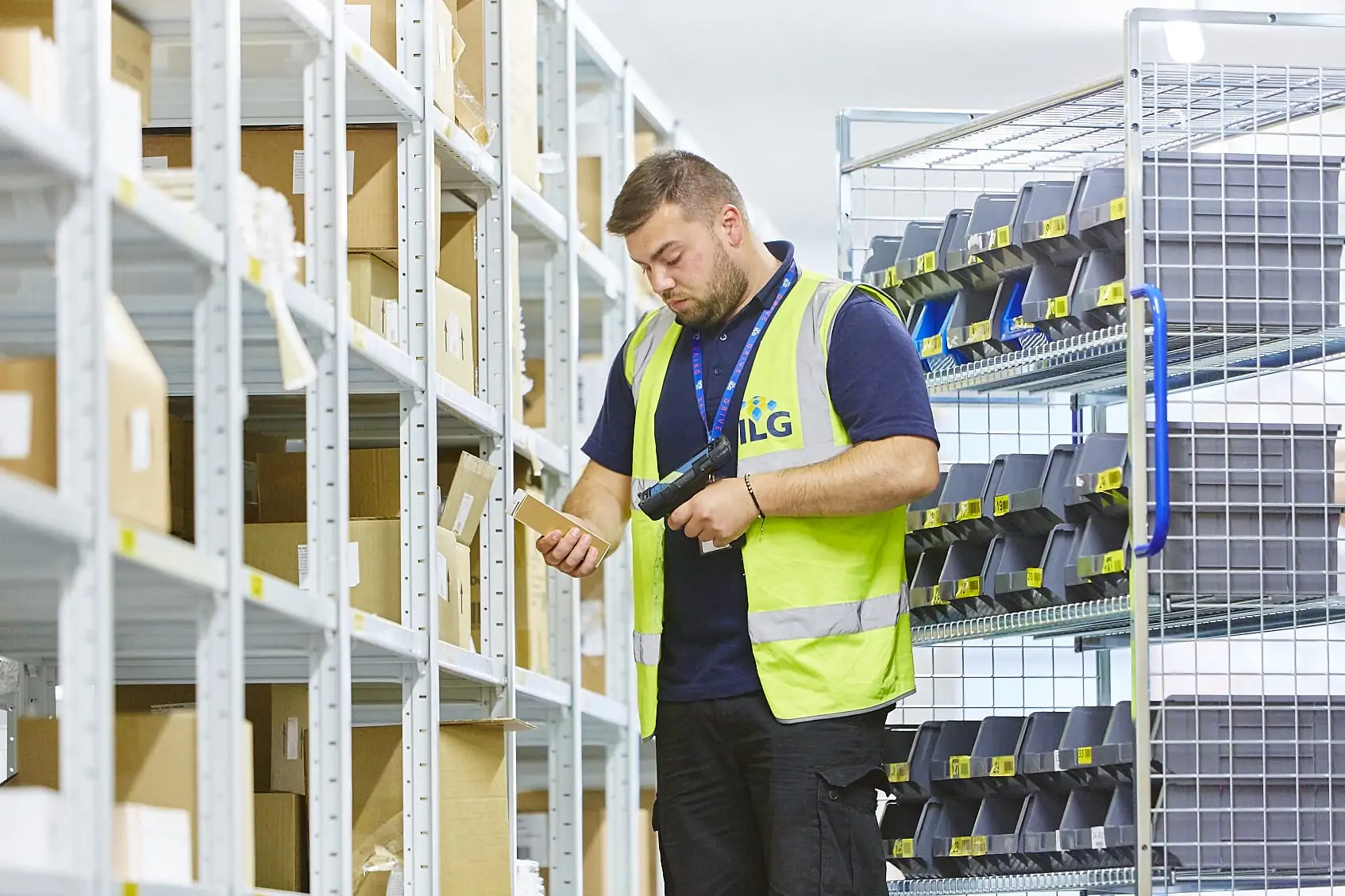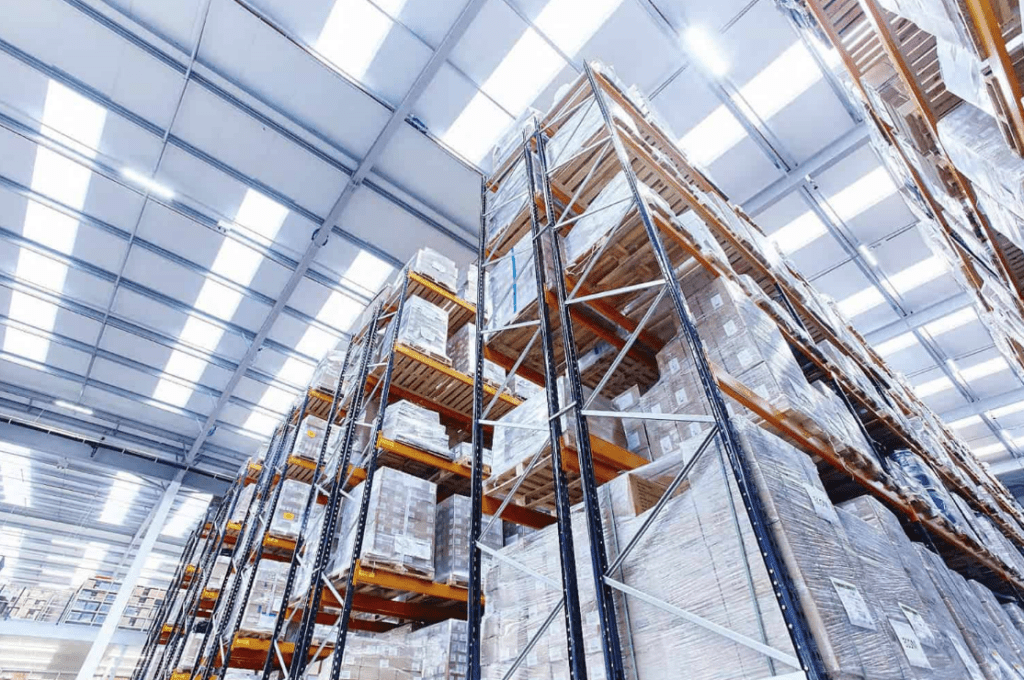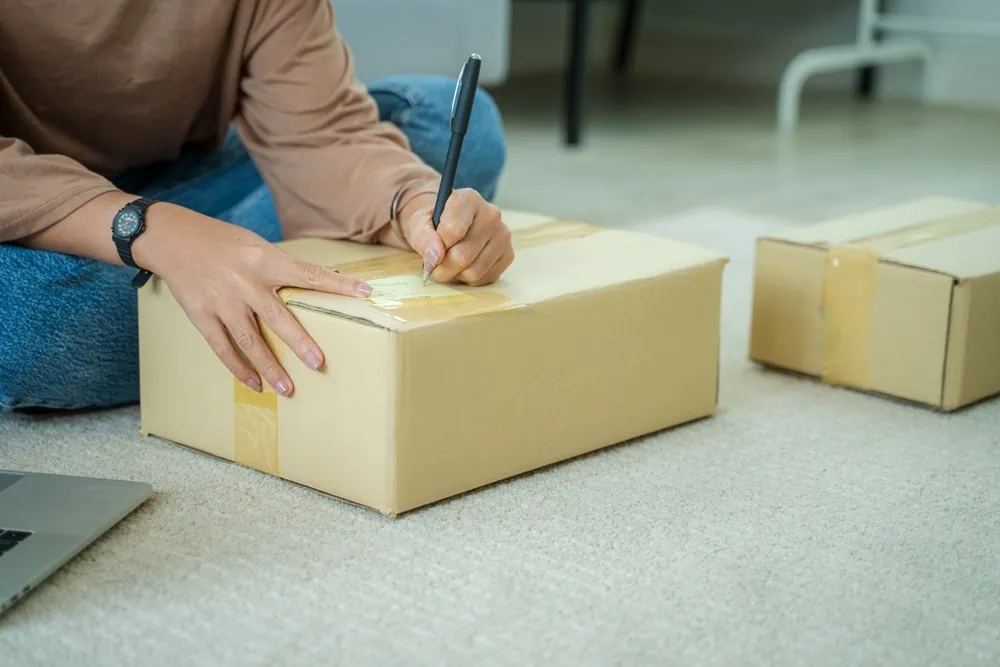
It won’t come as any surprise that e-commerce has experienced a major spike during the coronavirus pandemic. Customers confined to their homes have taken comfort in the ability to find the goods they need readily available online and delivered safely to their door within a few days.
In the UK we have experienced sales of Black Friday proportions. This is phenomenal but not altogether surprising. The UK is the world’s third biggest e-commerce market after China and the US – people here are used to shopping online.
The eye-catching news is coming from mainland Europe, where consumers have, until the lock-down, been much more reticent about online shopping. This table shows the spike in year-on-year growth during April for the nine biggest e-commerce markets in Europe.
| France | Germany | Ireland | Italy | Netherlands | Poland | Spain | Sweden | Switzerland | UK | |
|---|---|---|---|---|---|---|---|---|---|---|
| Apr-19 | 204 | 628 | 732 | 334 | 203 | 85 | 284 | 68 | 100 | 117332 |
| Apr-20 | 1147 | 2828 | 8890 | 1079 | 1110 | 162 | 793 | 120 | 198 | 293756 |
| % Growth YoY | 462.25% | 350.32% | 1114.48% | 223.05% | 446.80% | 90.59% | 179.23% | 76.47% | 98% | 15.36% |
A rebirth for e-commerce?
These statistics show clearly that buying habits in Europe have been forced to change. France, Germany and Italy have long been seen as having significant growth potential for online retailers, yet consumers there have been slower to come to the table. The lockdown has changed all that, and now the question is: Are we seeing a rebirth for e-commerce in Europe? Or will things go back to the way they were once life returns to normal?
There are two good reasons to assume this is a permanent trend: firstly, once consumers form a habit, they rarely go back; secondly, this is a trend that we’ve seen across a range of sectors – cosmetics, footwear, clothing, baby wear, children’s clothes, skincare – and at all price points and basket values, suggesting a widespread shift in attitudes, rather than an isolated blip.
How brands can benefit
If the April figures do herald a long-term growth in the European e-commerce market, now is the time for brands to put their best foot forward. Brand loyalty is arguably easier to safeguard online than it is in-store, where shoppers may walk past all your competitors on their way to your display. Once you’ve got a customer buying from your website, you can capture their data and get them coming back again and again without any distractions.
By the same token, the Internet is designed for flitting around. Customers are inclined to browse, try new things, visit places they’ve never been before. How can you attract them to your brand and make them settle?
See below for specific European marketing tips
The customer experience is crucial. The journey you take them through on your website, the delivery experience, the unboxing, the communication, the after-sales… all these factors combine to create a loyalty-building customer experience – and failure in any one of them can undo it at a stroke.
We’ve been helping our clients to add value for their online customers with the fulfilment of gift sets, sales on certain products and a range of delivery options. It’s important to find the right balance between rewarding customer loyalty and over-promoting, which can create expectations that are hard to undo.
Delivery and returns expectations
Speed of delivery and the ease of returning unwanted items have been two key selling points for brands in recent years. The restrictions of the last two months, however, have forced a change. Customers know they can’t expect Next Day delivery and so that is no longer a selling point. Similarly, on the advice of our H&S consultant, we have introduced a 72 hour holding period for returned goods to protect our employees, which has slowed the pace of that aspect of our service.
Could this spell a change in buying habits among consumers? The growing expectation for super fast deliveries and rapid returns undoubtedly created false buying habits, while also driving inflation for suppliers. Perhaps brands can use this period of change to reset their customers’ expectations and encourage them to focus on quality of product and service instead.
Taking the in-store experience online
One of the biggest challenges for brands selling online is how to replicate the in-store shopping experience for people coming to a website. Personality, presentation, discounts, try before you buy… can e-commerce really compete with bricks and mortar retail when it comes to these selling points?
Our e-commerce clients are regularly coming up with new ways to enhance the customer experience online. Bespoke packaging, personalisation, gift sets, delivery communications, messaging in the box… these are all services that we provide as their 3PL, helping to build a unique and fulfilling customer experience that puts the focus on quality and cements brand loyalty.
With a whole new European market having broken through their reluctance to shop online, the opportunity for brands to grow their e-commerce customer base in Europe looks very attractive indeed. This is a time for new models and bright new ideas. So how will you make the most of it?
Top tips for acquiring new customers and making sure they come back
By Emily Power, Strategic Lead at Reload Digital
Localise all marketing efforts – as brands engage customers in new geographical markets, it’s now more important than ever to ensure you localise your communication and marketing efforts. Consider how you can tailor:
- Language: If possible, translate website copy, paid advertising and any marketing communication to better engage the local market and support local SEO strategy.
- Currency: There are plenty of apps out there to help with this, such as Currency Switcher on Shopify.
- Delivery and returns information: Do delivery times and returns processes change from country to country? If so, it’s so important to communicate this.
- Product performance and marketing focuses: Dive into what products are selling best across each of your core markets and tailor your marketing efforts based on this.
Use email and content to build relationships – Once someone has made their first purchase, that’s just the beginning of the relationship. By segmenting your email database based on purchase behaviour, you can deliver tailored con-tent (both education and product-specific), keeping them engaged until they are ready to buy again.
Take advantage of customer referral schemes to acquire new customers – by working with your existing customer base to incentivise friend referrals through tools such as Loyalty Lion and Yotpo, you can increase your new customer acquisition up to 30% at an extremely low cost.
Your Details
More insights >
How to Make Your Order Fulfilment More Sustainable
As brands become increasingly dedicated to operating sustainably, it’s vital that their supply chain partners are equally environmentally conscious to create an aligned vision for their customers.
The Beauty of Seamless Returns: Why Working with a 3PL is Essential
Returns have become an inevitable part of online shopping, and in the beauty industry, they play a significant role in customer satisfaction and brand loyalty.

